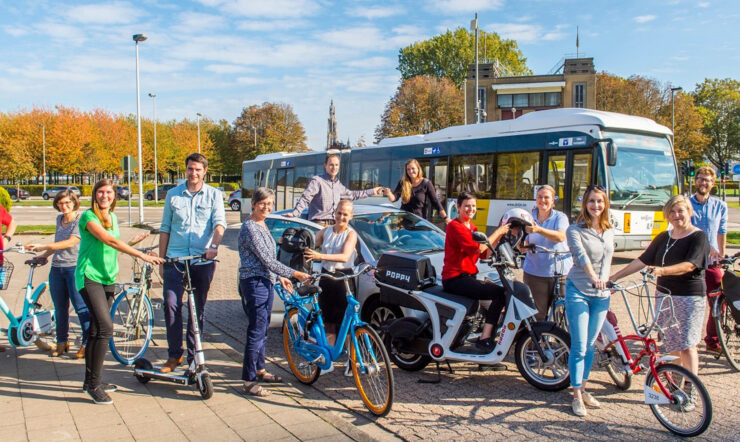The connection between sustainability and finance is not new, but it’s one that is gathering pace. Capital allocation is increasingly directed towards sustainable investment projects in financial services, with Bloomberg reporting [1] that global socially responsible investments totalled over $30 trillion in 2019.
Today’s customers also expect that companies they use not only act responsibly, but proactively pursue financial activities that make a positive impact on the world. Meanwhile, regulators are shaping legislation to advance sustainable finance, for example through the EU Sustainable Finance Acts & Directives stream of the European Green Deal, the EBA Action Plan on Sustainable Finance, the UN PSI and the Net-Zero Banking Alliance.
This is impacting investors too, who are broadening their investment criteria from a narrow focus on returns to a broader prioritization of sustainability and social aspects like carbon emissions, diversity and tax transparency. In response to this, companies within the financial service sector are realizing that they need to start offering investment opportunities focus on environmental, social and governance (ESG) factors.
All these dimensions drive sustainable transformation and presents new opportunities for financial service providers. And with the right technology, all financial businesses can seize them.

Creating ESG insights and enabling impactful actions
There are a number of reasons for the increasing focus on sustainable finance. Firstly, financial sector customers are now expecting to be offered sustainable investment products. Secondly, many green investment projects require substantial capital injections: EY has identified over 1000 ‘shovel-ready’ projects within the EU, which require around €200 billion of public and private investments and have the potential to create substantial sustainable value.
We are seeing that both banks and insurers are facing significant challenges when planning their ESG action, including:
- How to manage data contributing to sustainability and ESG factors that is often fragmented, widely disbursed and siloed.
- How to support businesses that lack the tools and applications needed to manage and make sense of ESG data, and classify and differentiate green and brown assets.
- Keeping track of the measures, standards and components that constitute ESG, which are still being defined.
All these challenges make knowing what to do now, next and beyond an obstacle for many financial organizations.
The Sustainable Transformation Landscape
The Sustainable Transformation Landscape has been developed by Microsoft to provide a framework to support businesses in their efforts to create a better tomorrow.
It provides industry-specific guidance on how to take the next step forward, detailing what to consider now, next and beyond across 3 pillars of the sustainable business model: sustainable platform, sustainable collaboration and sustainable ecosystem.
Start tapping into sustainable finance. Download the Sustainable Transformation Landscape today:

Sources
[1] Bloomberg




















